Asian yellow noodles, widely known for their vibrant hue and distinctive flavor, play a pivotal role in various cuisines across Asia. Combining tradition with innovation, these noodles have not only stood the test of time but continue to captivate food enthusiasts worldwide. In this article, we will explore the allure and versatility of Asian yellow noodles, delving into their origins, types, and their diverse culinary applications. 1. Origins of Asian Yellow Noodles: Asian yellow noodles have a rich history that spans centuries, with roots in China.
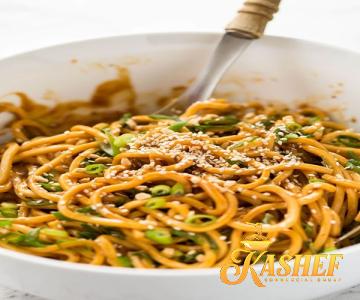
.
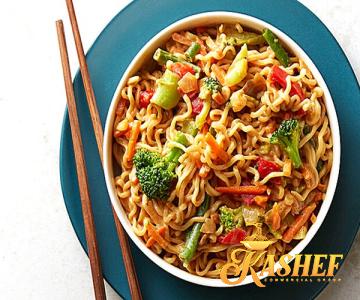 They were traditionally made from wheat and often hand-pulled, forming long strands of noodles that were later air-dried. As the demand for these noodles grew, other Asian countries such as Malaysia, Thailand, Vietnam, and Indonesia embraced their own variations, introducing slight modifications to suit regional tastes and preferences. 2. Types of Asian Yellow Noodles: a. Chinese Egg Noodles: These noodles, made from wheat flour and enriched with eggs, possess a distinct yellow color. They are often used in stir-fries, soups, and chow mein dishes, as their chewy texture absorbs flavors exceptionally well. b. Hokkien Noodles: Originating from the Fujian province of China, Hokkien noodles are thick, yellowish-white noodles made from wheat flour.
They were traditionally made from wheat and often hand-pulled, forming long strands of noodles that were later air-dried. As the demand for these noodles grew, other Asian countries such as Malaysia, Thailand, Vietnam, and Indonesia embraced their own variations, introducing slight modifications to suit regional tastes and preferences. 2. Types of Asian Yellow Noodles: a. Chinese Egg Noodles: These noodles, made from wheat flour and enriched with eggs, possess a distinct yellow color. They are often used in stir-fries, soups, and chow mein dishes, as their chewy texture absorbs flavors exceptionally well. b. Hokkien Noodles: Originating from the Fujian province of China, Hokkien noodles are thick, yellowish-white noodles made from wheat flour.
..
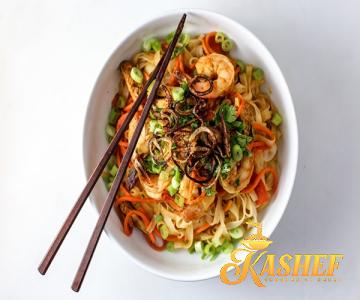 They have a chewy texture and are commonly used in Hokkien-style stir-fried dishes, such as Singaporean Hokkien mee. c. Mee Goreng: This Indonesian-style yellow noodle dish is often stir-fried with meat, vegetables, and a medley of Indonesian spices. The noodles are typically pre-boiled to retain their chewiness and are known for their vibrant color. d. Mie Ayam: A popular Indonesian street food, Mie Ayam consists of yellow noodles topped with succulent chicken, flavorful broth, and an assortment of condiments. The noodles used in this dish are similar to Chinese egg noodles. 3. Culinary Applications and Versatility: Asian yellow noodles offer a world of possibilities in the culinary sphere. Here are some of the ways they are utilized: a. Stir-fries: The resilient texture of yellow noodles makes them ideal for stir-frying. Whether it’s classic Chinese chow mein or Thai pad see ew, their ability to absorb sauces and flavors gives any stir-fry a satisfying bite.
They have a chewy texture and are commonly used in Hokkien-style stir-fried dishes, such as Singaporean Hokkien mee. c. Mee Goreng: This Indonesian-style yellow noodle dish is often stir-fried with meat, vegetables, and a medley of Indonesian spices. The noodles are typically pre-boiled to retain their chewiness and are known for their vibrant color. d. Mie Ayam: A popular Indonesian street food, Mie Ayam consists of yellow noodles topped with succulent chicken, flavorful broth, and an assortment of condiments. The noodles used in this dish are similar to Chinese egg noodles. 3. Culinary Applications and Versatility: Asian yellow noodles offer a world of possibilities in the culinary sphere. Here are some of the ways they are utilized: a. Stir-fries: The resilient texture of yellow noodles makes them ideal for stir-frying. Whether it’s classic Chinese chow mein or Thai pad see ew, their ability to absorb sauces and flavors gives any stir-fry a satisfying bite.
…
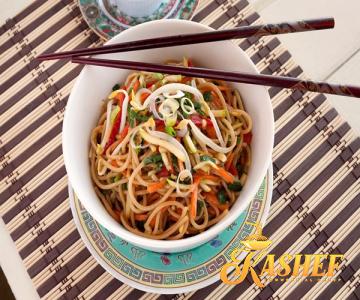 b. Soups: Asian yellow noodles are frequently used in soups, such as Vietnamese pho or Malaysian curry laksa. Their ability to absorb flavors from the broth makes them a hearty and comforting option. c. Fried Noodle Dishes: Yellow noodles are a staple ingredient in popular fried noodle dishes across Asia, like Malaysian char kway teow or Thai pad Thai. These dishes showcase the versatility of these noodles and highlight their ability to absorb various flavors and spices. d. Cold Noodle Salads: In warmer climates, Asian yellow noodles are often served cold in refreshing noodle salads. Popular examples include the Korean dish bibim guksu and the Vietnamese bun cha. Conclusion: Asian yellow noodles, with their vibrant color and diverse culinary applications, have become a beloved ingredient across the continent. From comforting soups and stir-fries to vibrant noodle salads, these noodles offer endless possibilities to chefs and food enthusiasts alike. With their versatility and unique flavor, it’s no wonder that Asian yellow noodles continue to be cherished and appreciated by people from all walks of life.
b. Soups: Asian yellow noodles are frequently used in soups, such as Vietnamese pho or Malaysian curry laksa. Their ability to absorb flavors from the broth makes them a hearty and comforting option. c. Fried Noodle Dishes: Yellow noodles are a staple ingredient in popular fried noodle dishes across Asia, like Malaysian char kway teow or Thai pad Thai. These dishes showcase the versatility of these noodles and highlight their ability to absorb various flavors and spices. d. Cold Noodle Salads: In warmer climates, Asian yellow noodles are often served cold in refreshing noodle salads. Popular examples include the Korean dish bibim guksu and the Vietnamese bun cha. Conclusion: Asian yellow noodles, with their vibrant color and diverse culinary applications, have become a beloved ingredient across the continent. From comforting soups and stir-fries to vibrant noodle salads, these noodles offer endless possibilities to chefs and food enthusiasts alike. With their versatility and unique flavor, it’s no wonder that Asian yellow noodles continue to be cherished and appreciated by people from all walks of life.
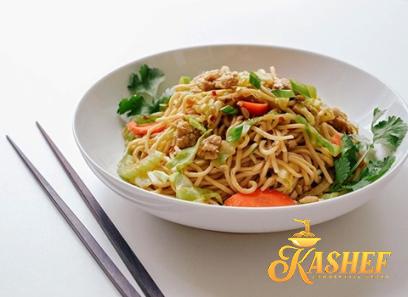
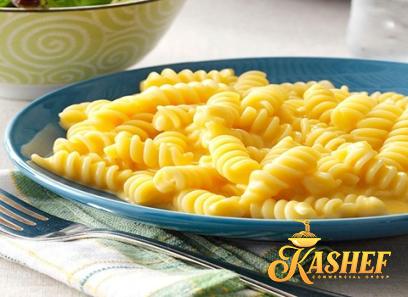

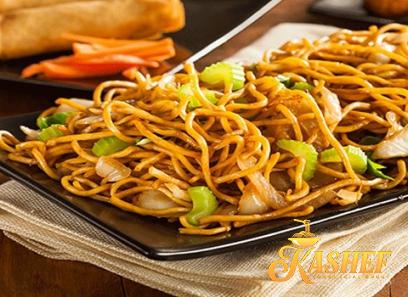
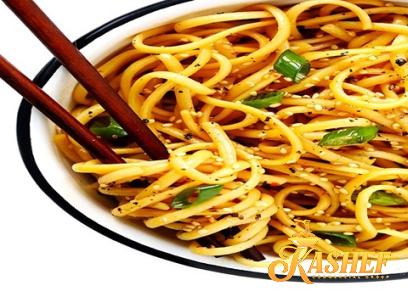
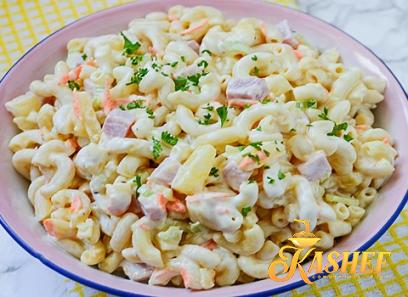


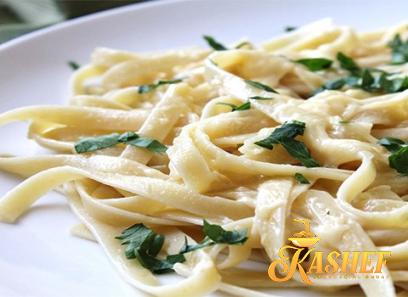

Your comment submitted.